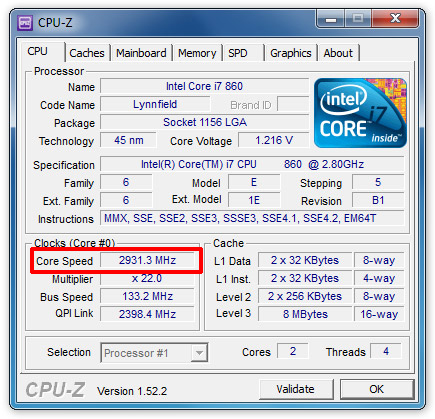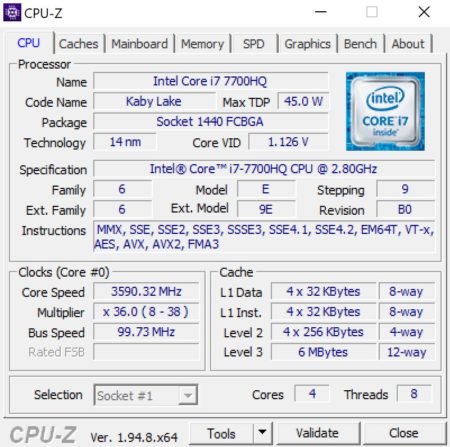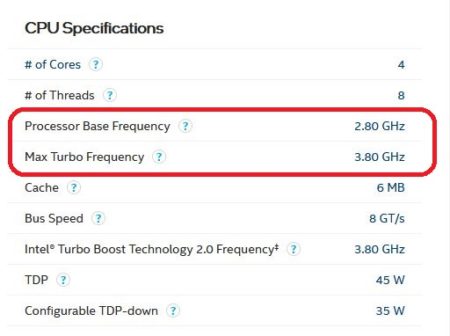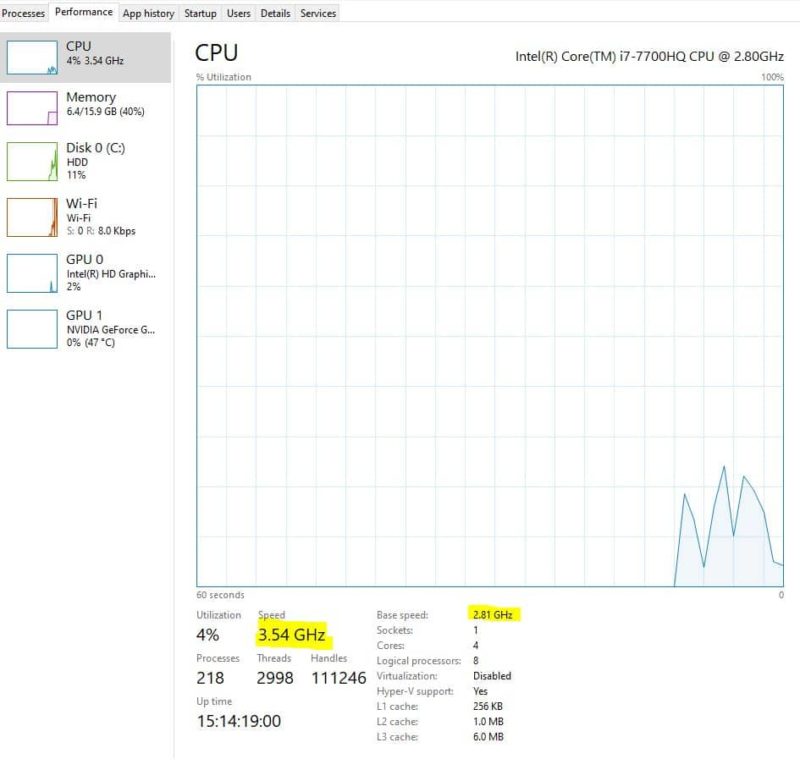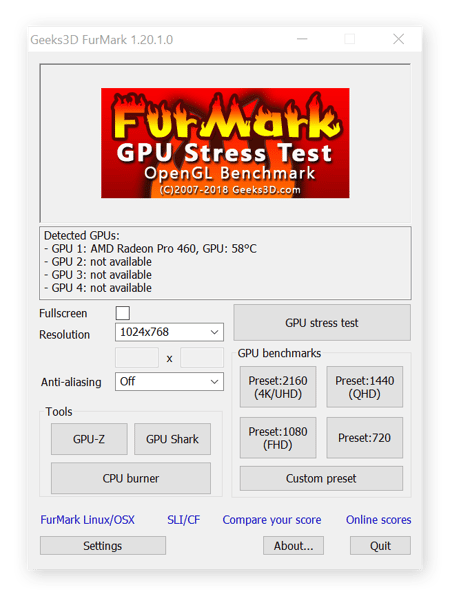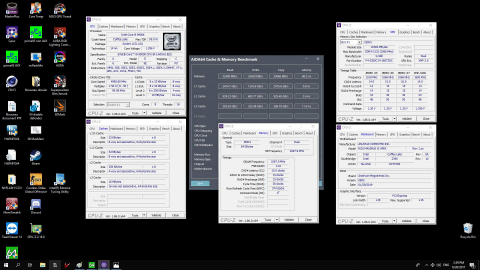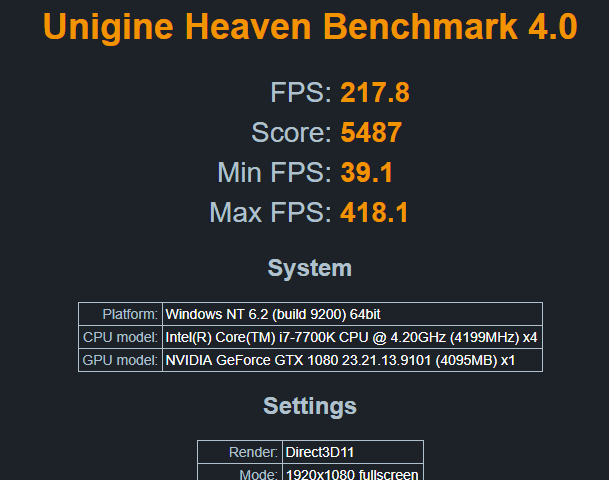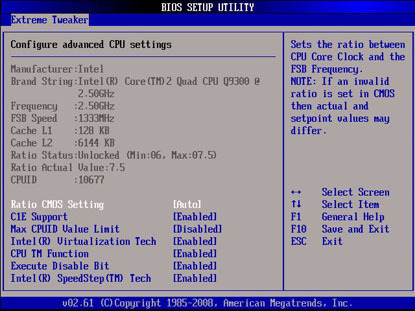Nice Tips About How To Check Overclock

One option for overclocking is to use the automatic oc scanner tool.
How to check overclock. How to check cpu speed after overclocking? Different motherboards and processors will have different capabilities when it comes to overclocking. From here look for properties with names ‘base clock’, ‘multiplier’, and ‘cpu vcore’.
You can do this by using the key combinations ctrl + shift + esc, or even use. Here is a list of some of the most. There are also slight differences.
If you don’t see these options, your laptop. Determine your cpu’s core temperature. Check the cpu ratio, cpu voltage, and overclock settings to determine if the cpu is overclocked.
Since overclocking will raise your cpu’s core temperature, you’ll want to measure it first so that you can establish a. Under the graph labeled “cpu“, you will see your new cpu speed. Check your motherboard and processor.
For intel cpus, look for the 'k' designation, and use a motherboard with a 'z' chipset. Check online resources to search for the location of the feature you’re looking to adjust, or explore the options in your bios until you find what you’re looking for. There are two ways to tell if your laptop is overclocked.
This is part 1 of my overclock monitoring guide, which will show you guys how to test your current overclock settings, and monitor your computer stability wh. You can open the task manager by pressing ctrl + shift + esc. Scroll down and select display adapter properties.
